Opening Metrics - Retail Planning and Launch, 1970-1980
Construction began on a new shopping mall in Colorado Springs in 1970. The project came from General Growth Properties, Associated Dry Goods, and JCPenney.
They planned a regional center on the city's eastern edge, at the intersection of Platte Avenue and Academy Boulevard.
At the time, that location sat well outside the denser commercial corridors.
The mall opened on March 1, 1972. It featured two levels and offered 594,800 square feet of leasable space.
Anchors at the launch were JCPenney and Denver Dry Goods.
There was also a two-screen movie theater - typical for developments of that size in the early 1970s.
The Citadel's design and retail mix followed a common format for suburban centers in that period: two anchors at opposite ends, enclosed corridors in between, and parking on all sides.
Through the 1970s, Colorado Springs saw housing development expand east of downtown.
A location that once felt peripheral began to serve a growing suburban base.
In trade documents from the time, this area was classified as a secondary retail corridor with potential.
That classification changed quickly as Academy Boulevard became a commercial spine.
The mall's ownership changed in 1980. The Rouse Company, known for other regional malls in the Mountain West, acquired the property.
The Citadel's early tenant mix began to shift after the sale, but the structure itself remained intact.
For those searching for things to do in Colorado Springs, The Citadel became a weekday shopping spot and a weekend routine.
It wasn't oversized or flashy. It was built to serve and scale with the region's expected growth - and for a time, it did exactly that.
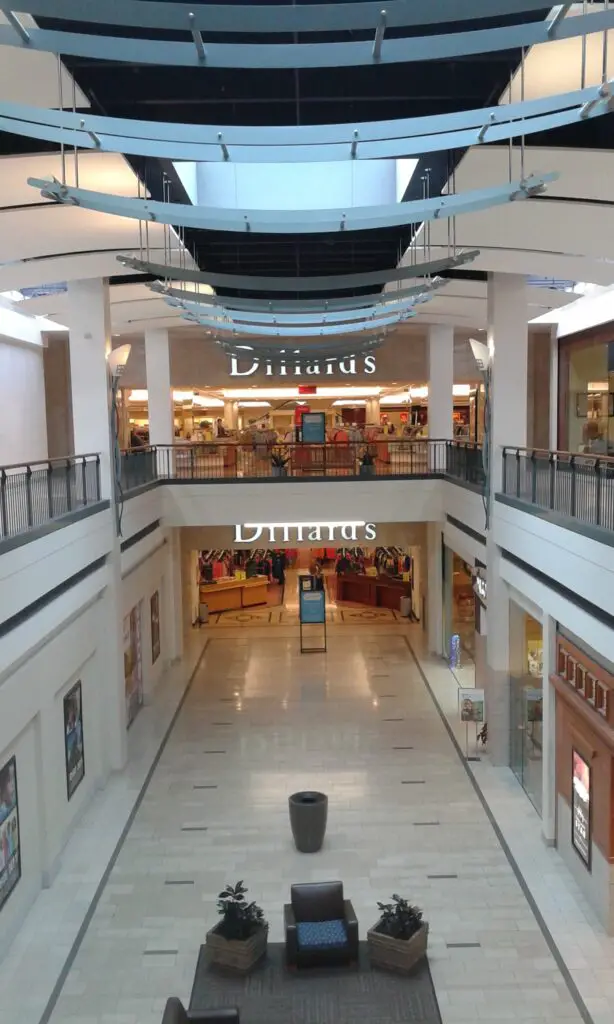
Portfolio Growth and Asset Expansion, 1984-1997
The Citadel moved into its second phase in 1984. That year, a westward expansion added a new wing to the property.
This build-out included a two-level extension, which brought in May D&F (May-Daniels & Fisher) as the third anchor.
A multi-floor food court followed.
At that point, the property crossed into a different retail category - shifting from a regional center to a large-format retail hub.
The food court wasn't placed at the core like in later mall layouts.
It sat near the new extension, suggesting the design still followed older zoning logic rather than updated pedestrian flow patterns.
Dillard's entered the mix in 1995, taking up a three-level structure at the western edge.
Their new store added scale and market presence.
Ownership shifted again in 1997. The Macerich Company, based in Santa Monica, took over the property.
Macerich had a growing portfolio of suburban malls across the western U.S. Their acquisition was part of a broader trend in the late 1990s: real estate investment trusts moving into second-tier markets.
In trade filings, The Citadel was often described during this era as a "solid mid-market asset" - profitable but without coastal price volatility.
Anchor Attrition and Square Footage Shifts, 2006-2025
In 2006, the first large anchor departure changed the math.
Mervyn's closed its Citadel location in February of that year.
The two-level, 99,700-square-foot space went dark as the chain exited most of its Colorado stores, leaving a visible vacancy on the east side of the mall.
Later that year, Foley's underwent a national nameplate change.
In September 2006, it became Macy's.
The merchandise stayed the same - housewares, private labels, holiday promotions - but the brand shift changed signage and marketing spending.
Steve & Barry's came and went between those two points, occupying one of the mall's interior big-box slots until bankruptcy in 2008 forced a nationwide exit.
Macy's closed its Citadel location in August 2014.
The decision followed performance reviews tied to declining sales, as detailed in filings from its parent company.
The store's departure left another major gap. Dillard's didn't leave, but its format changed in 2015.
That year, it became a clearance center. The upper two levels closed, and only the ground floor remained in use.
This move reduced sales-per-square-foot and cut full-line inventory.
By 2020, JCPenney was placed on a corporate sale list, but The Citadel location stayed open.
There was no remodel, no format change - just a holding pattern.
Reports from that year tracked foot traffic across retail properties under 85% occupancy.
The Citadel fit that category, but it continued operating.
In 2024, The Citadel lost another anchor. Burlington closed its store, ending a run that began after Mervyn's exited in 2006.
The departure wasn't widely announced. By mid-year, local business listings simply changed status to "permanently closed."
By May, Burlington's move to The Citadel Crossing, a separate shopping center across Academy Boulevard, was confirmed.
No major structural upgrades have taken place since the 1995 Dillard's expansion.
By 2025, public-facing records show no approved permit filings for construction or aesthetic upgrades.
The mall continues operating under a stable lease plan but with little visible reinvestment from its ownership group.
The mall's location still works on paper. It sits less than three miles from the U.S. Olympic Training Center and Colorado College.
The United States Air Force Academy sits farther north but within city limits.
Data shows major daily traffic counts on Academy Boulevard and Platte Avenue.
Still, proximity hasn't translated into sustained tenant retention or increased sales volume.
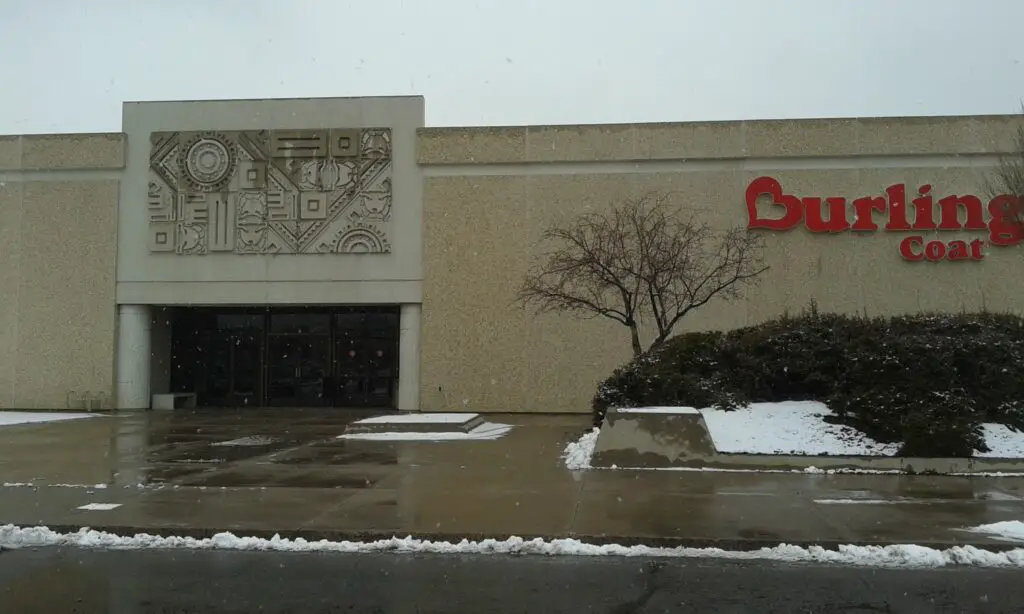
Security Costs and Retail Risk, 2016-2025
Between 2016 and early 2025, reports from local outlets tracked repeated criminal incidents in or near The Citadel.
These stories affected how the public talked about the mall and, in turn, how prospective tenants evaluated commercial prospects.
Some local outlets began using the nickname "The Shootadel," a shorthand that gained traction, especially after events in 2022.
On March 25, 2022, two people were tragically lost and two others injured in the parking lot between Dillard's and Burlington.
The incident made front-page news in Colorado Springs and stayed in rotation through that summer.
On June 18, 2021, another incident at a carnival held in the lot left three people hospitalized.
Security footage from nearby stores was used in investigations, but not all incidents led to arrests.
The Army added the mall to its off-limits list for Fort Carson personnel in early 2023.
That status remained for over a year and cut into daytime foot traffic, particularly during weekdays.
It was lifted in September 2024 after mall ownership put a new safety plan in place.
Namdar Realty Group confirmed the addition of AI-based surveillance, extended patrol hours, and structural repairs in public-facing areas.
Burglary became a new concern in 2025. In March, a long-running jewelry store announced its closure after losing over $220,000 in merchandise.
The owners cited the break-in as the final push to leave the property.
The safety measures adopted in 2024 remain active as of April 2025.
With few exceptions, most retailers operate under the same adjusted hours they set during the post-2020 period - opening midmorning and closing before 8 pm.


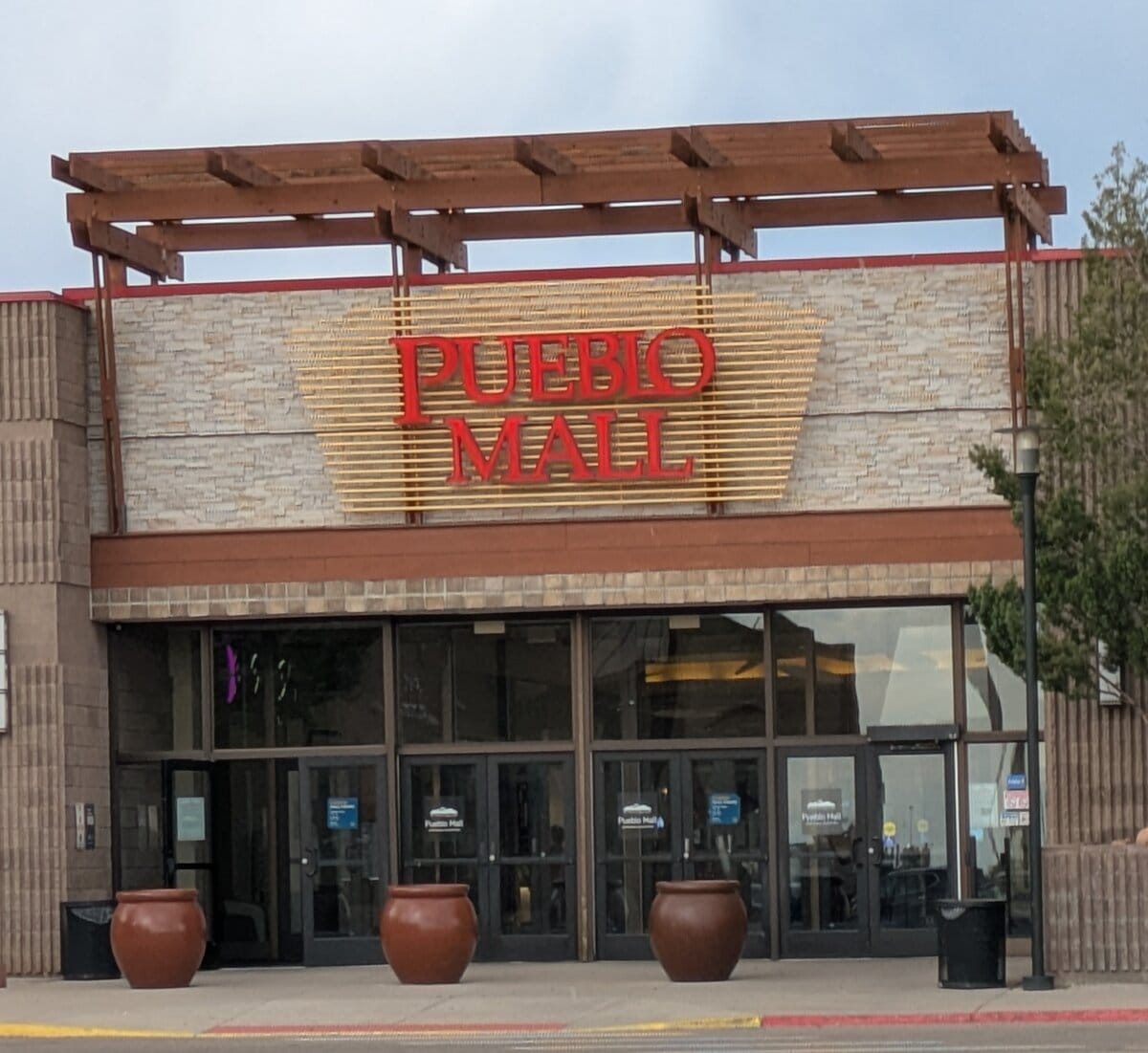
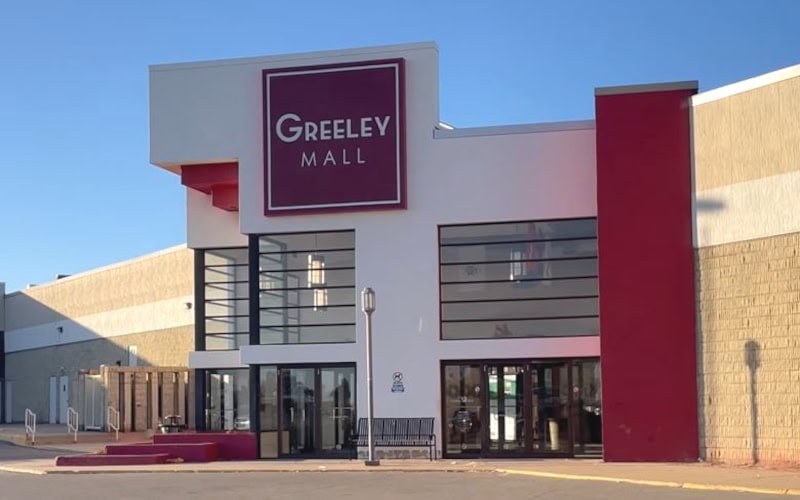
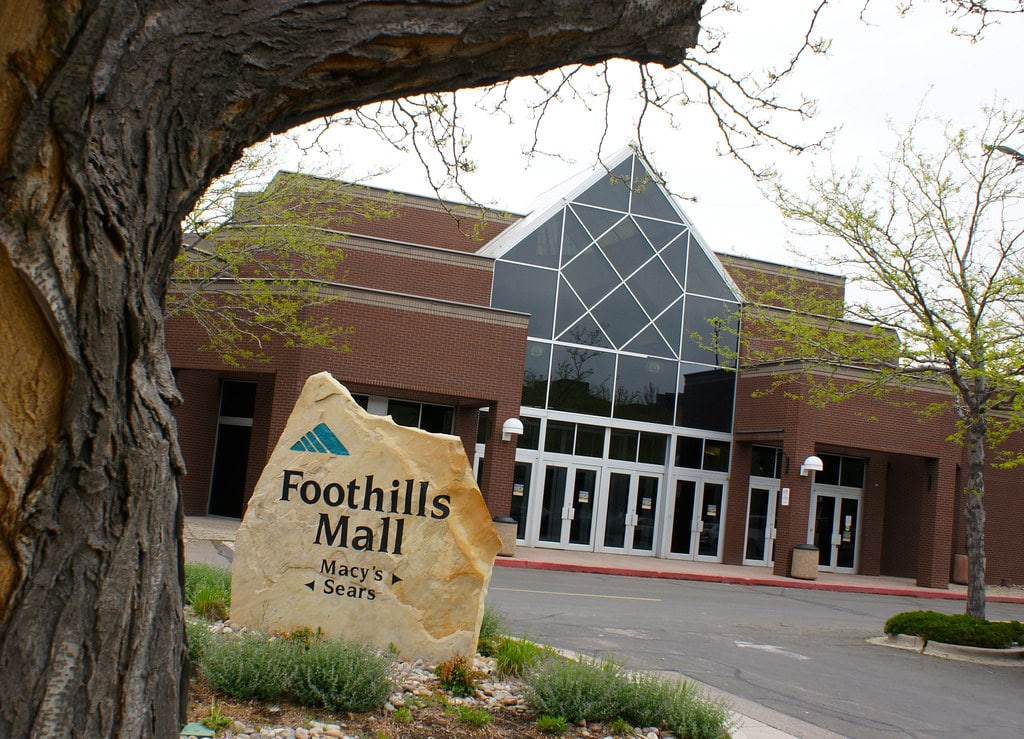

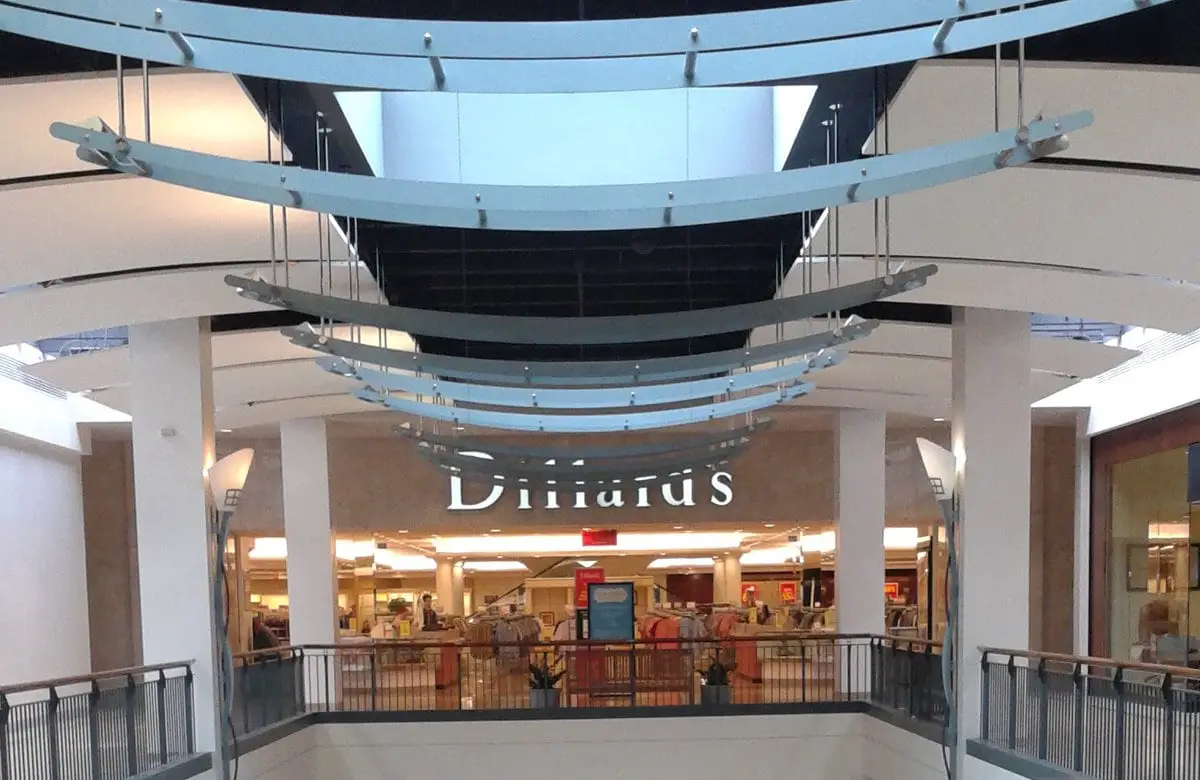
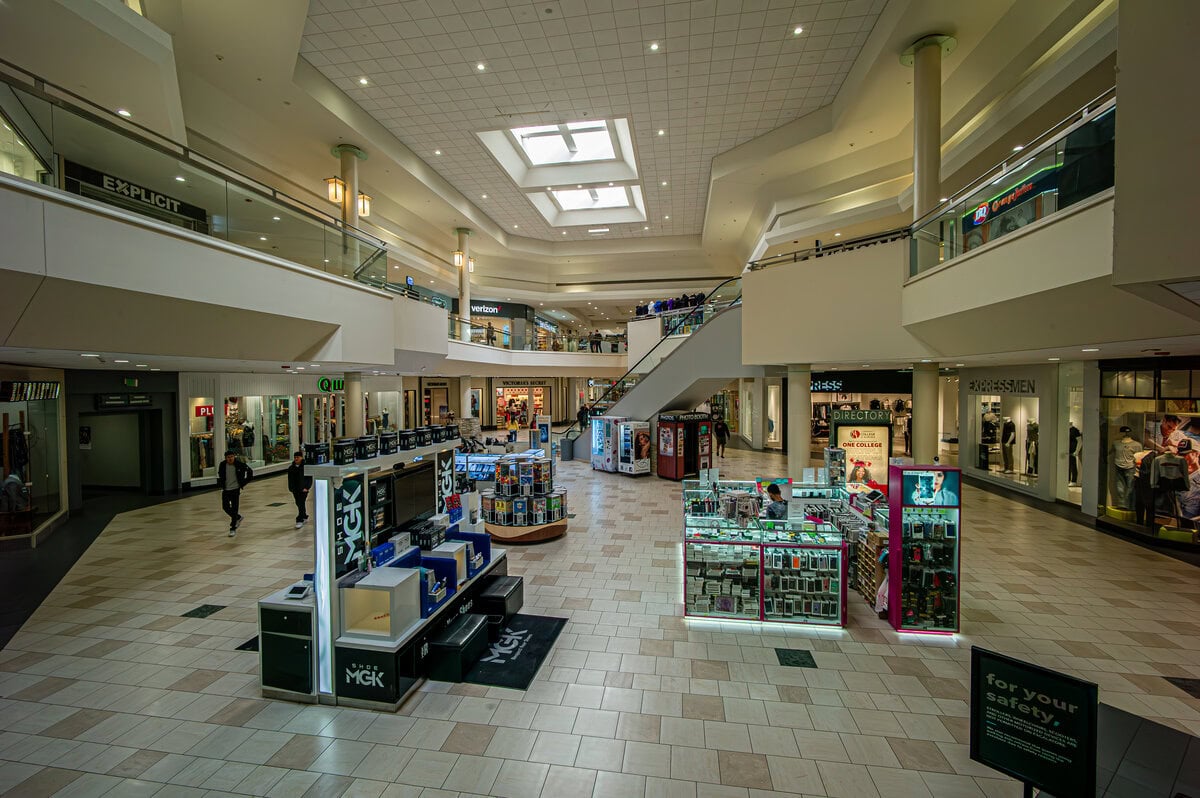
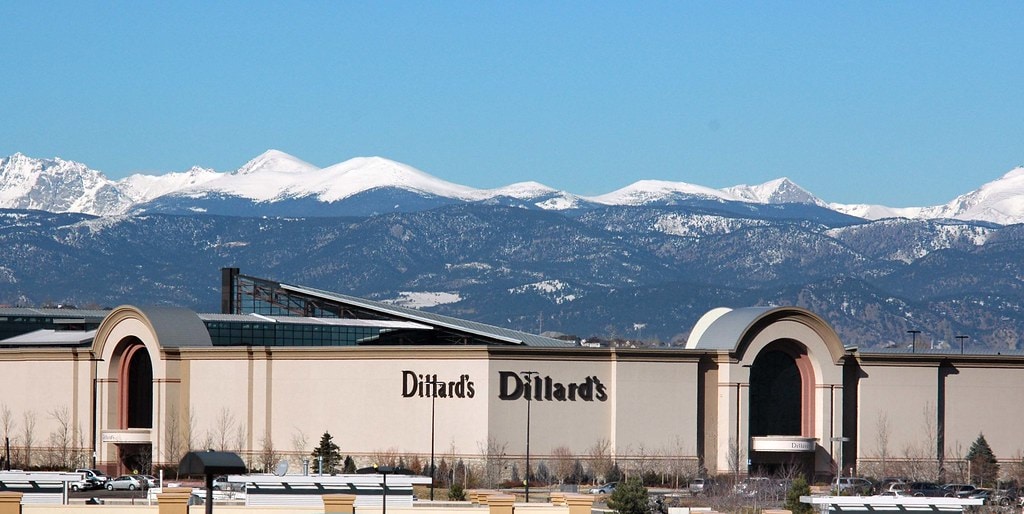
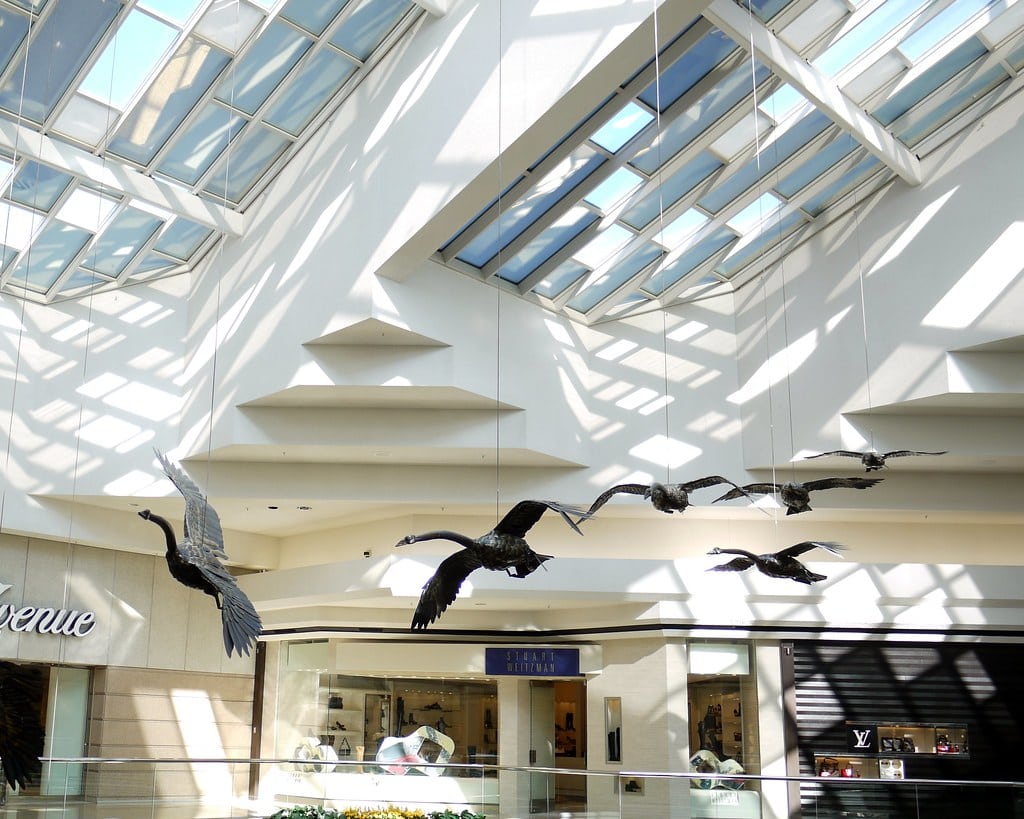
I graduated from Mitchell in the 1980’s. This entire area of town just slowly fell apart, lots of cheap run-down apartments and a few fast food places, but little else. It’s turned into a ghetto area.
That whole stretch has changed a lot—some would say emptied out.